Get the weekly SPARTANAT newsletter.
Your bonus: the free E-Book from SPARTANAT.
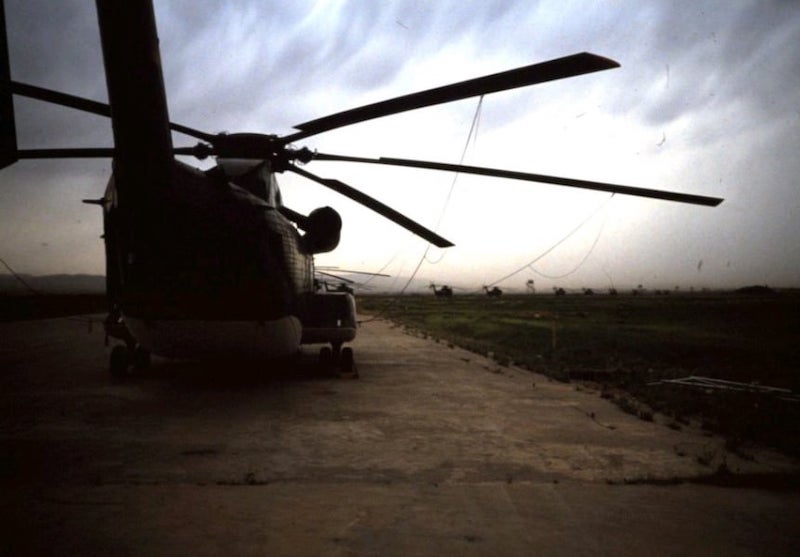
From April to June 1991, German Bundeswehr soldiers were in Iran as part of a humanitarian mission to support Kurdish refugees. Carsten Dombrowski from the CAPSARIUS ACADEMY - check out his website and sign up for the excellent "Callsign Doc" newsletter - was there at the time and remembers: Shortly after the first Gulf War, the then President Hussein began to persecute Kurdish minorities in Iraq. Hundreds of thousands of them fled to the neighboring borderlands of Turkey and Iran. Jagged mountain valleys, dry plateaus, and miserable living conditions, some still experiencing winter temperatures, quickly indicated a looming humanitarian catastrophe.
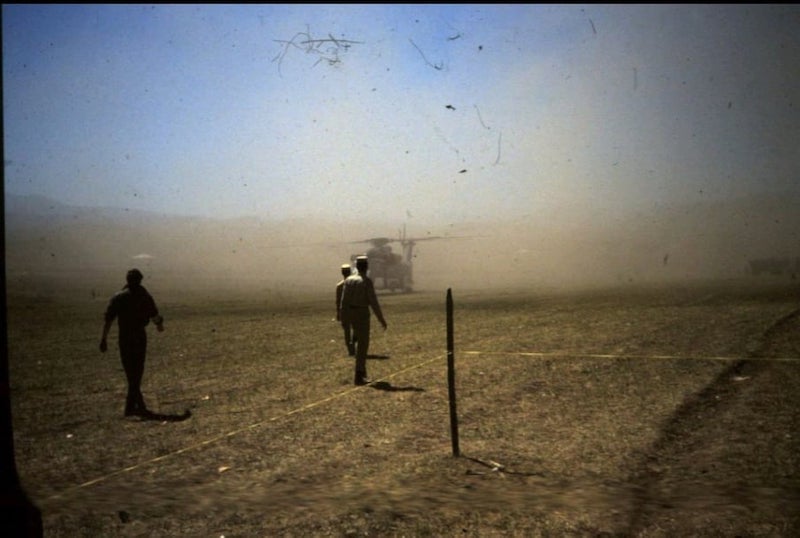
With advance forces consisting of Army aviators, Air Force personnel, paratroopers, engineers, logisticians, and medics, the first Transall C 160 aircraft were deployed from PENZING via ANKARA to BAGHTARAN, now KERMANSHAH. An improvised camp was set up on a military airfield destroyed by the Iraq-Iran war as a supply base.
Just a few days after soldiers arrived there, the first reconnaissance and supply flights began. Isolated refugee camps were flown to and surveyed. According to the NATO alphabet, they were given designations for coordinated relief actions if needed.
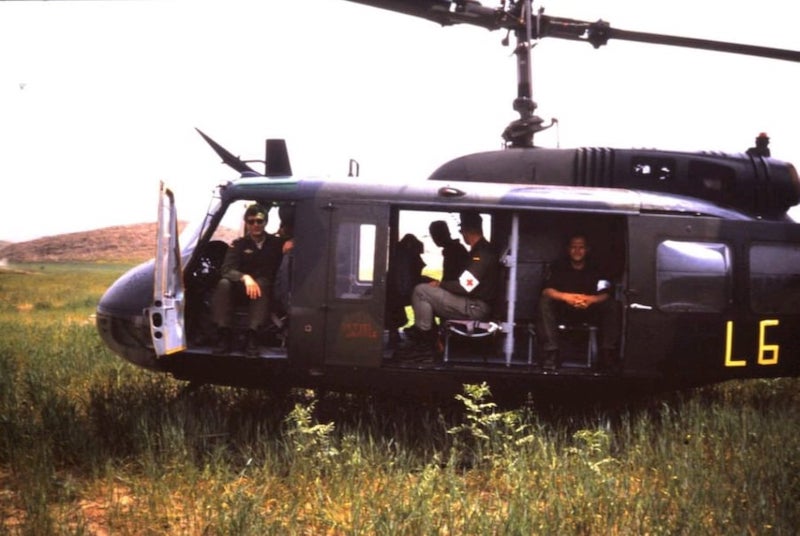
After the first few days, the airmobile medical teams of the reconnaissance teams came across a huge refugee camp with about 150,000 to 250,000 people. Exact numbers could never be determined. This camp was designated Camp HOTEL, named after the letter H.
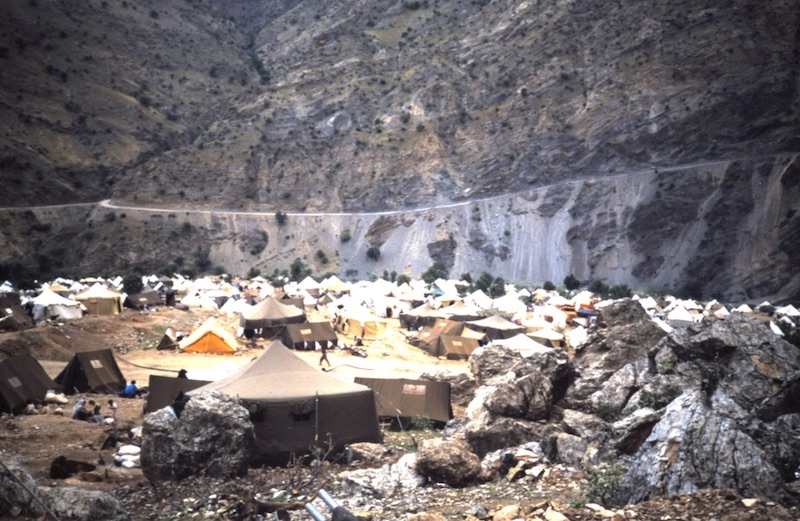
In Camp HOTEL, people lived under plastic sheets or primitive tents on a plateau covering several square kilometers. Sandstorms and nightly cold weather affected them, as well as malnutrition and infectious diseases such as cholera and typhus.
All assistance efforts were quickly focused there. With an initial improvised "Medical Point" consisting of three tents, treatment of the needy patients on site began. In the first 24 hours alone, over 1,500 people were treated by five Bundeswehr doctors and ten medics.
The spectrum of injuries and illnesses to be treated ranged from gunshot wounds, burns caused by makeshift ovens, to childbirth, tooth extractions, and diarrheal diseases.
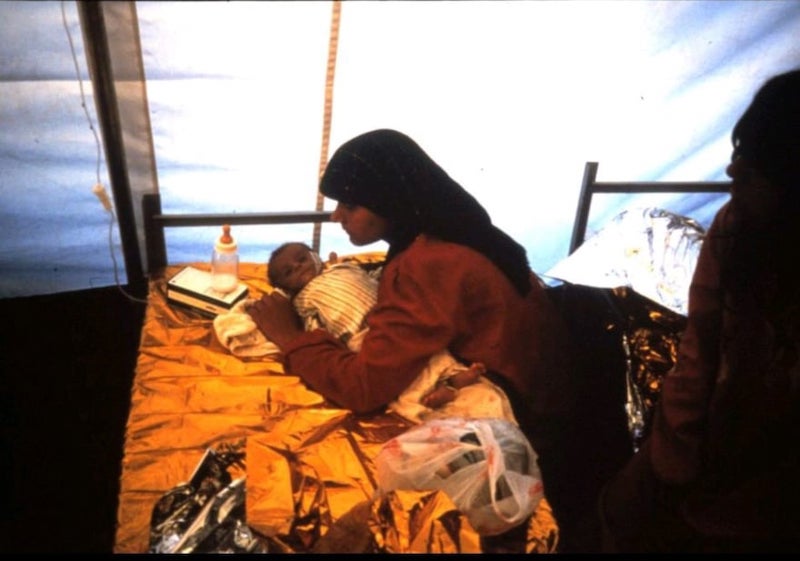
The situation for the children on site was particularly dramatic. A tent was specifically operated for intravenous therapy of these severely emaciated and dehydrated patients. The mortality rate here was particularly high.
While the first measures on site were underway, a field hospital was alerted in Germany and quickly deployed to Iran. After three weeks of continuous hard service under the most adverse conditions, surrounded by distress, misery, and death, the medical staff were at the end of their strength.
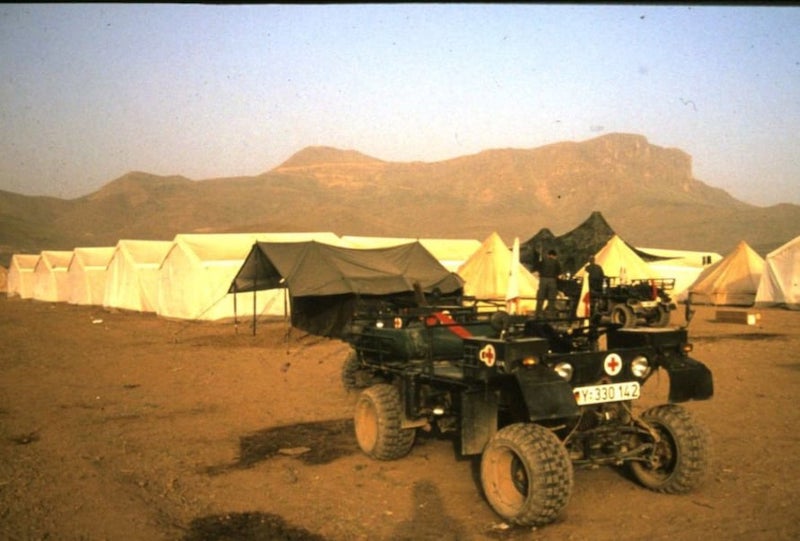
Upon the arrival of the field hospital from MUNICH, the reconnaissance forces were gradually withdrawn. The field hospital was operated by German soldiers for several more weeks until it was handed over as humanitarian assistance to the Iranian provincial government.
To receive the exclusive and automatic newsletter from the Capsarius Academy, sign up HERE. CALLSIGN DOC will then arrive by email. Old issues available in the archive.
Capsarius Academy on the web: www.capsarius-akademie.com
SPARTANAT is the online magazine for Military News, Tactical Life, Gear & Reviews.
Send us your news: [email protected]
Ad
similar
Get the weekly SPARTANAT newsletter.
Your bonus: the free E-Book from SPARTANAT.


